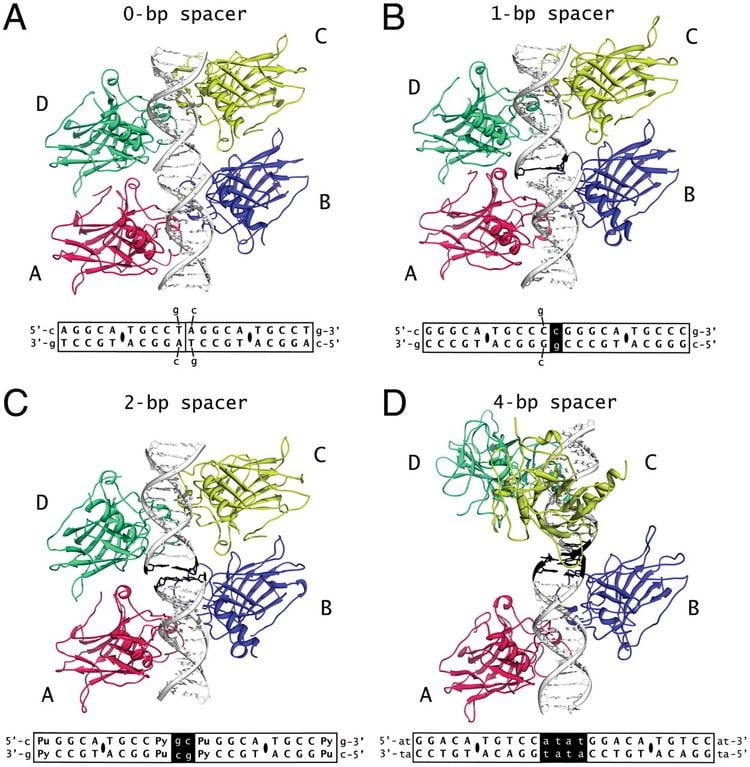 | ||
Mbl international corporation mhc tetramers and antigen specific t cell receptors
A tetramer (/ˈtɛtrəmər/) (tetra-, "four" + -mer, "parts") is an oligomer formed from four monomers or subunits. The associated propriety is called tetramery. An example is kobophenol A, a molecule formed from four stilbenoids monomers.
Contents
- Mbl international corporation mhc tetramers and antigen specific t cell receptors
- immunology identification of t cell receptor specificity using mhc peptides tetramers
- References
In biochemistry, it similarly refers to a biomolecule formed of four units, that are the same (homotetramer), i.e. as in Concanavalin A or different (heterotetramer), i.e. as in hemoglobin. Hemoglobin has 4 similar sub-units while immunoglobulins have 2 very different sub-units. The different sub-units may have each their own activity, such as binding biotin in avidin tetramers, or have a common biological property, such as the allosteric binding of oxygen in hemoglobin.
immunology identification of t cell receptor specificity using mhc peptides tetramers
References
Tetramer Wikipedia(Text) CC BY-SA
